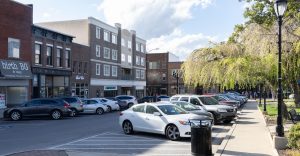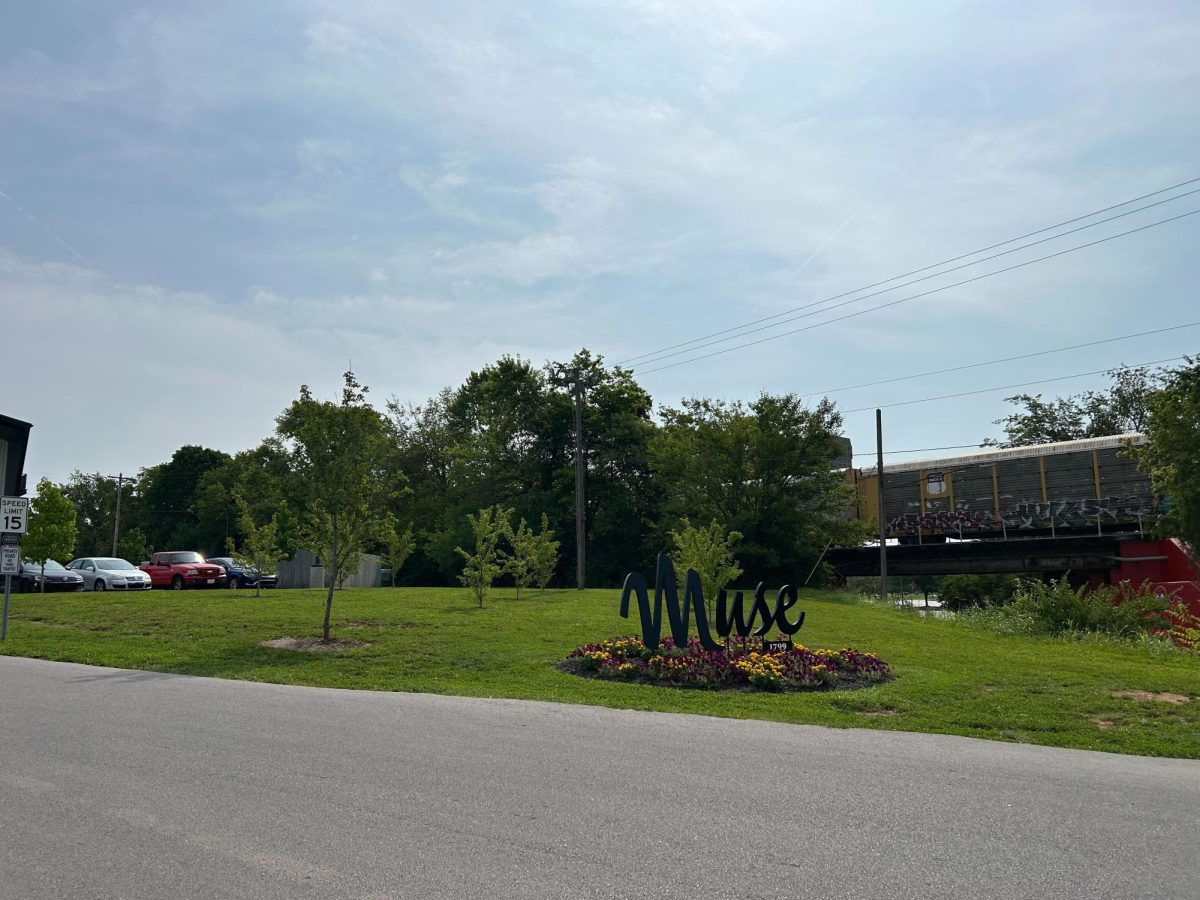How accessible is Western?
April 29, 2003
People have asked me why I chose to come to Western. They just can’t seem to figure out why someone who has difficulty walking and sometimes uses a wheelchair would come to a place known as “the Hill.”
I always reply, jokingly, that I came here to get away from home.
I can understand where people who ask that are coming from. I mean it is on a hill, and it would be much easier to get around on a flat campus, like the University of Kentucky’s.
But it is possible for someone with a disability to get around this campus. Western has some accessibility problems, but things are slowly getting better.
When I got here in the fall of 1999, I was shocked by the lack of power-assisted doors. I had transferred from Jefferson Community College in Louisville. It had at least one set of power doors on every building, and I assumed that a university would have the same thing.
I was wrong.
When I got here, there were only three buildings on campus with power doors: fine arts center, Jones-Jaggers Hall and Thompson Complex North Wing. But the situation has greatly improved.
Ben Johnson, project manager for construction management services, said there are now 13 buildings on campus with power doors. I am aware of at least three power doors installed in the last 18 months, in Cherry, Grise and Potter halls.
Ironically, the office of student disability services is located in Garrett Center, but that building doesn’t have a power door. Does that make any sense?
The residence halls are in even greater need of power doors. Only McLean Hall has them now.
According to Kit Tolbert, director of Housing and Residence Life, there are no power doors in the directional halls because they were overlooked during renovations. But housing is considering installing one because there is a student who would benefit from it.
Another major improvement is that almost all of the buildings on campus have at least one accessible restroom. I’ve gone around campus checking restrooms for accessibility, and the only problem I found was that there was no sign to show which floor the accessible restroom is on.
Johnson also said that all campus buildings with multiple floors have elevators, with the exception of three older buildings.
This is not the case in residence halls. Tolbert said there are no elevators in the directionals because of a lack of funds. An elevator was not added during the McLean renovations because it would have altered the building’s structure.
McLean has a number of disabled students living there, but because of the lack of an elevator, they can’t get to the lobby. The lobby is the heart of the residence hall. Does it make any sense that a wheelchair user can’t get in his or her own lobby?
Western has made many improvements to be compliant with the Americans with Disabilities Act, but more needs to be done.
It should be the goal of any institution of higher education to be fully accessible. Here are some suggestions to make Western a fully accessible campus:
•Have power doors on all campus buildings.
•Have elevators in every building with multiple floors.
•Have more than one accessible restroom in campus buildings.
These improvements would show that Western really cares for its students’ well-being. Western can show the nation that it’s not good enough to only be ADA compliant. Every school, including Western, should strive for full accessibility.
Is Western up for that challenge?
Corey Nett is a senior print journalism major from Louisville.
The opinions expressed in this commentary represent only those of the writer and not of the Herald or of Western Kentucky University.






















